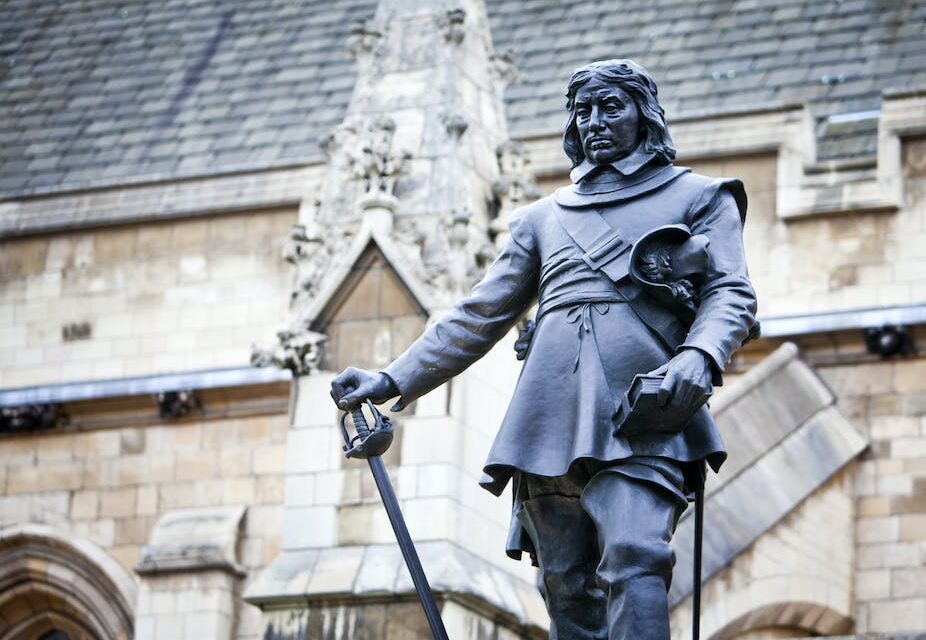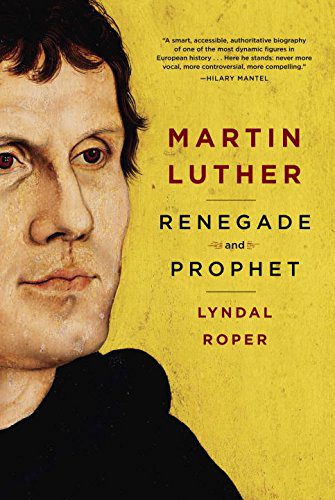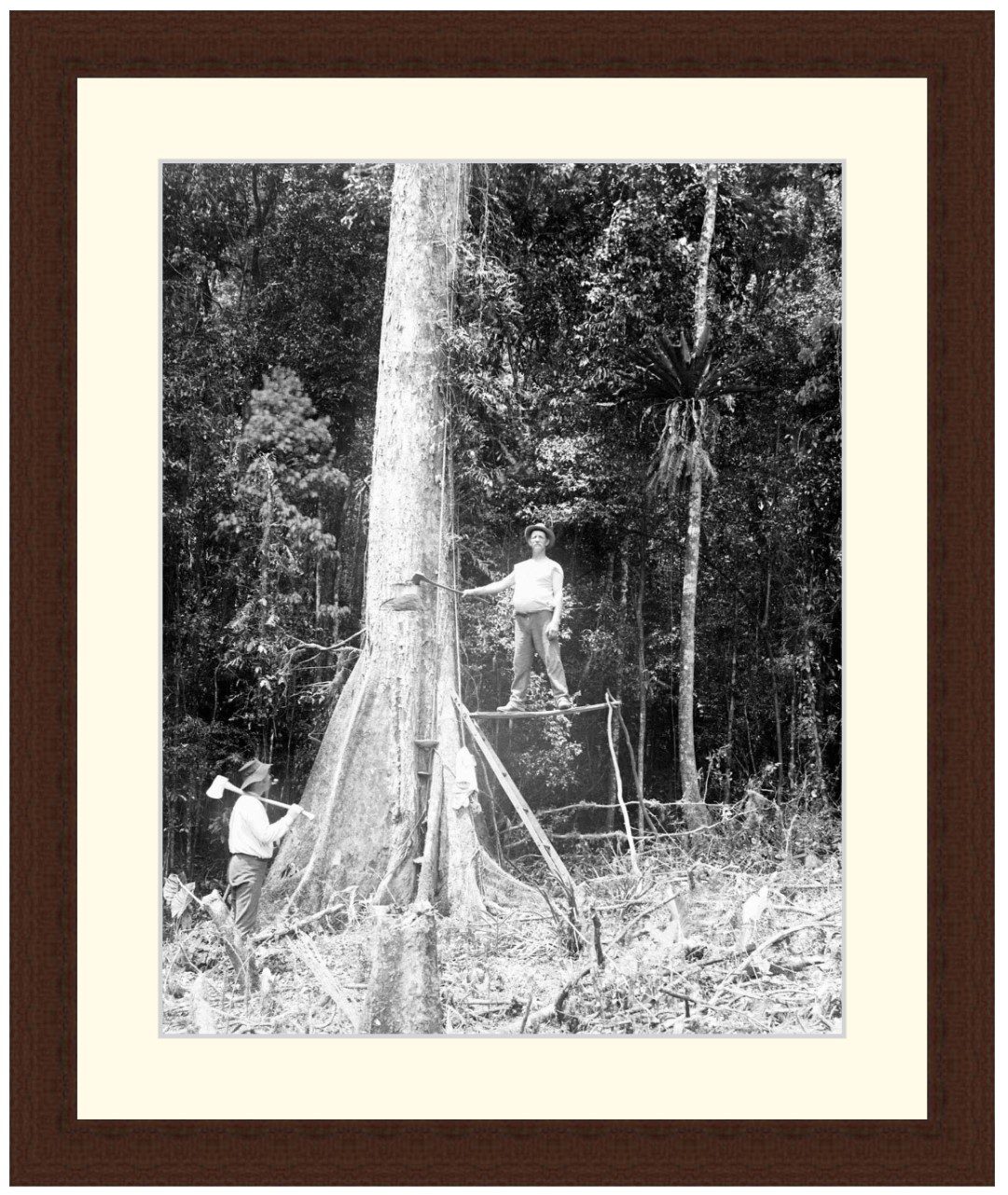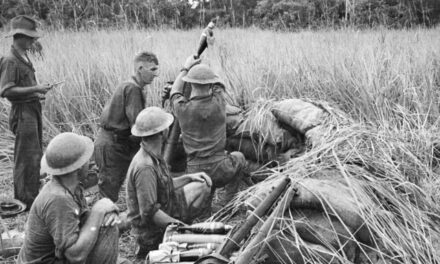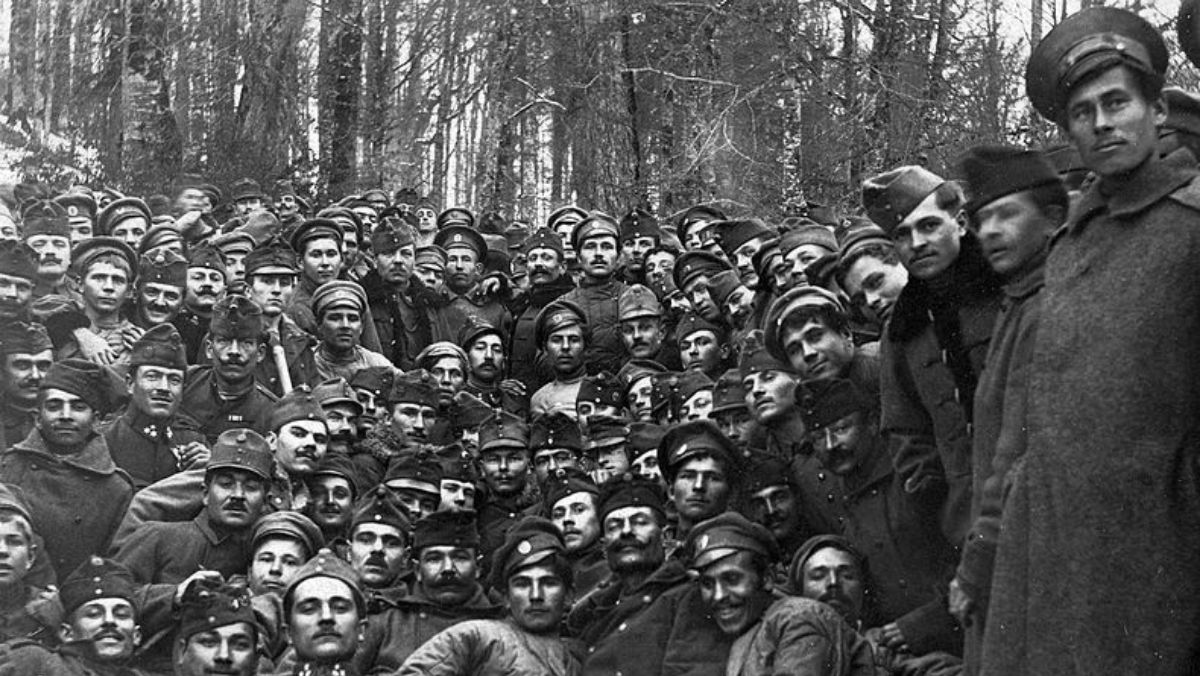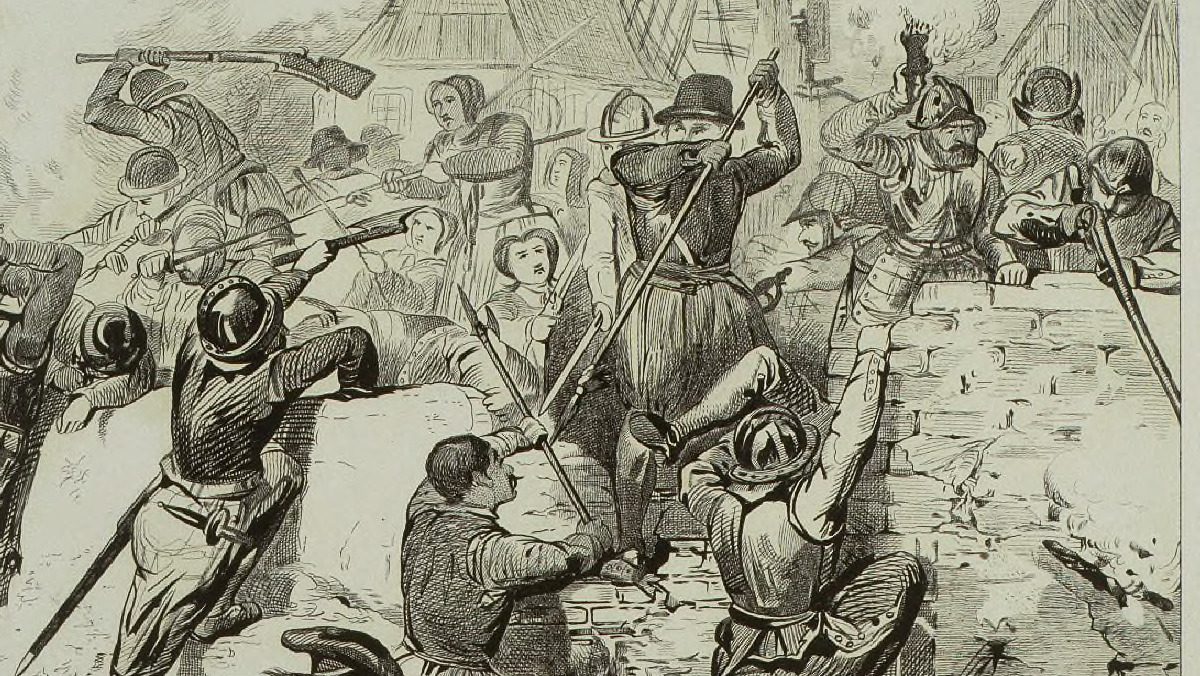Reading time: 6 minutes
The battle of Worcester was Oliver Cromwell’s greatest triumph. It was the culmination of a campaign which ran like clockwork and finally ended the long and bloody English Civil War (1642-1651).
By Martyn Bennett, Nottingham Trent University
Some even believe that Cromwell engineered the preceding invasion of England by the royalist army of Prince Charles (the son of the executed King Charles I) by letting him slip behind his own parliamentarian force in the north. Cromwell then allowed the Scottish and English royalists to pass unchallenged down the western side of the Pennine mountains while simultaneously arranging a series of military rendezvous and creating supply dumps down eastern England ahead of his own march southwards.
Cromwell ensured royalist recruitment drives in Charles’s wake were broken up and defeated. And then, isolating Charles and his army in Worcester, Cromwell tightened his cordon. On September 3, 1651, Cromwell’s professional New Model Army stormed the royalist positions from the east and south. By the end of the day, Worcester was in Cromwell’s hands and his enemies were scattered. While Prince Charles escaped into exile, the royalist cause was doomed. It was a remarkable battle and campaign.
A battle to end a war
The planning which forced Charles into the trap was smooth and successful. And Cromwell also mastered a force of 35,000 men, the largest army seen during the war. The sophistication bears comparison with Napoleon Bonaparte’s march into Bavaria in autumn 1805 and his entrapment of General Mack at Ulm, a victory which essentially knocked Austria out of that war. With this extraordinary success, Cromwell also brought an end to years of warfare.
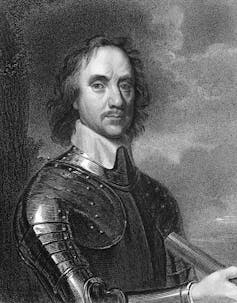
My new book, Cromwell at War: the Lord General and His Military Revolution, explores Cromwell’s battles using contemporary descriptions and battle reports in conjunction with military manuals available to Cromwell to reveal how the “virgin soldier” learned his trade.
Just nine years before Worcester, Cromwell, then aged 43, had strapped on his sword for the first time – as a captain of a troop of horses in parliament’s army at the beginning of the English Civil War. Within months, he was a colonel, and at a skirmish near Grantham in May 1643, Cromwell won his first battle.
Analysis of Cromwell’s report of the skirmish reveals that he had been using many of the military manuals that had been written in response to the fast-changing nature of warfare on the continent at the time, particularly during the ongoing Thirty Years War on the continent.
Here, Cromwell used dragoons – fast-moving, mounted infantry armed with muskets – to fire on the royalists before staging his main attack. This tactic caused casualties among the ranks and killed officers, breaking up command and control within the royalist force.
Cromwell was also a consultative leader, who had formed strong relationships with his fellow soldiers, writing that he had consulted with one or more of his “faithfullest and most experienced Captains … we agreed to charge”.
His attack began at a “full trot” which then built up speed until his men were “charging fiercely”. His forces hit the royalists standing and broke the enemy in a manner borrowed from the Swedish king Gustavus Adolphus, who had made Sweden a potent modern military power a few decades earlier. Cromwell then ensured the royalists remained in a state of confusion by pursuing them for two or three miles.
A master of strategy
Cromwell was not just an astute student of tactics, he also showed a remarkable capacity for strategy.
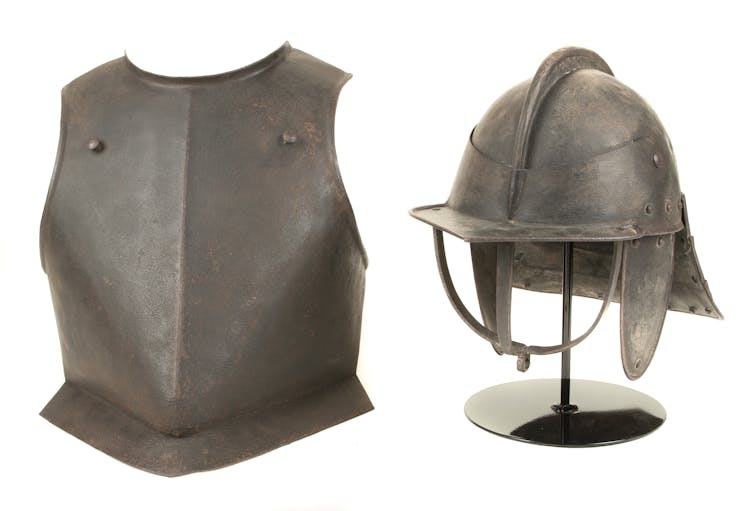
Reexamining Cromwell’s reports from 1643 also reveals how the new soldier quickly and correctly identified the importance of Newark in Nottinghamshire. This royalist stronghold was strategically located on the major thoroughfares of the Great North Road and Fosse Way, and also dominated the River Trent. For several months in the spring and summer of 1643, Cromwell tried to coordinate local forces to capture the town.
Cromwell realised that as well as disrupting communications between parliament in Westminster and the northern parliamentarians, Newark threatened the parliamentarians’ hold on East Anglia, imperilling access to vast resources of food, money and manpower. So convinced was he of his “vision” that he ruthlessly exposed in his reports to, and speeches within parliament the superior officers who failed to appreciate his strategy. Leading parliamentarians Lord Grey of Wark, Lord Grey of Groby, Lord Willoughby of Parham and the Earl of Manchester were all castigated and replaced for their “failure” to see things as Cromwell did.
But Cromwell was also able to read the landscape and its military implications quickly and correctly.
It would be at the Battle of Marston Moor on July 2, 1644 that Cromwell came to the attention of the wider nation. There, his understanding of the terrain gave the parliamentarians a huge advantage and his wing of the army won the battle in a manner reminiscent of Wellington’s victory over Napoleon at Waterloo, 150 years later.
Seizing a small knoll on the fringe of the ridge where his cavalry was based, Cromwell pushed the royalists into defending disadvantageous ground. Later in the day, on that very spot, he went on to defeat them.
From a standing start, Cromwell developed into a great military leader – and he would later go on to rule Britain and Ireland as Lord Protector. Whether or not the military developments taking place on the continent constituted a revolution, he mastered them and more than any other British commander before or since combined an understanding of modern tactics with a detailed appreciation of terrain and the need for a strategic vision.
These talents he combined with ensuring that he led well-trained men with a high degree of esprit de corps, confident in their abilities and cause, first in his own regiment and later in the parliamentrians’ formidable New Model Army.
He was a clever leader with a clear and realistic vision – and he changed the face of Britain.
This article was originally published in The Conversation.
Podcasts about Cromwell
Articles you may also like
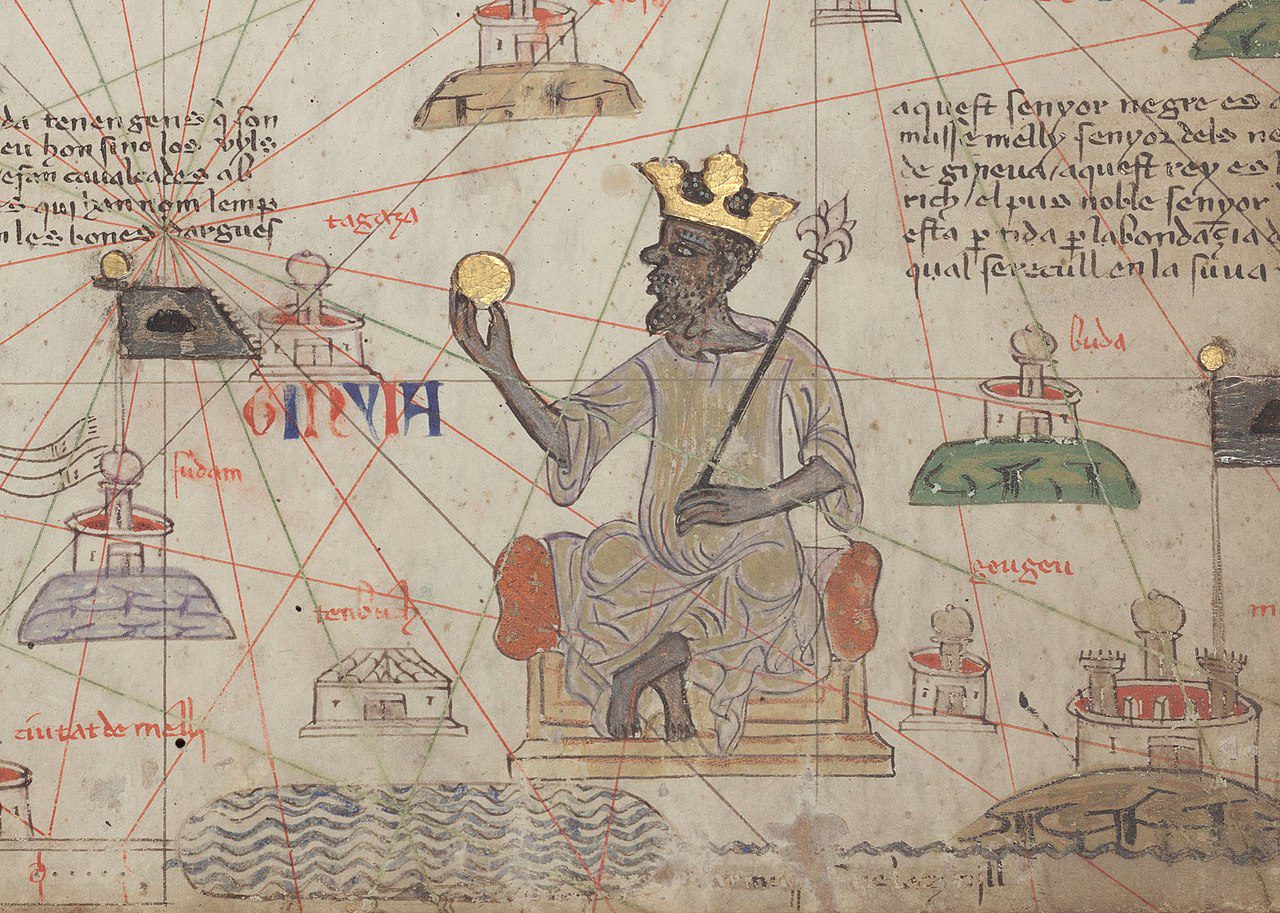
General History Quiz 161
1. Which empire did Mansa Musa rule from 1280 to 1337 CE?
Try the full 10 question quiz.
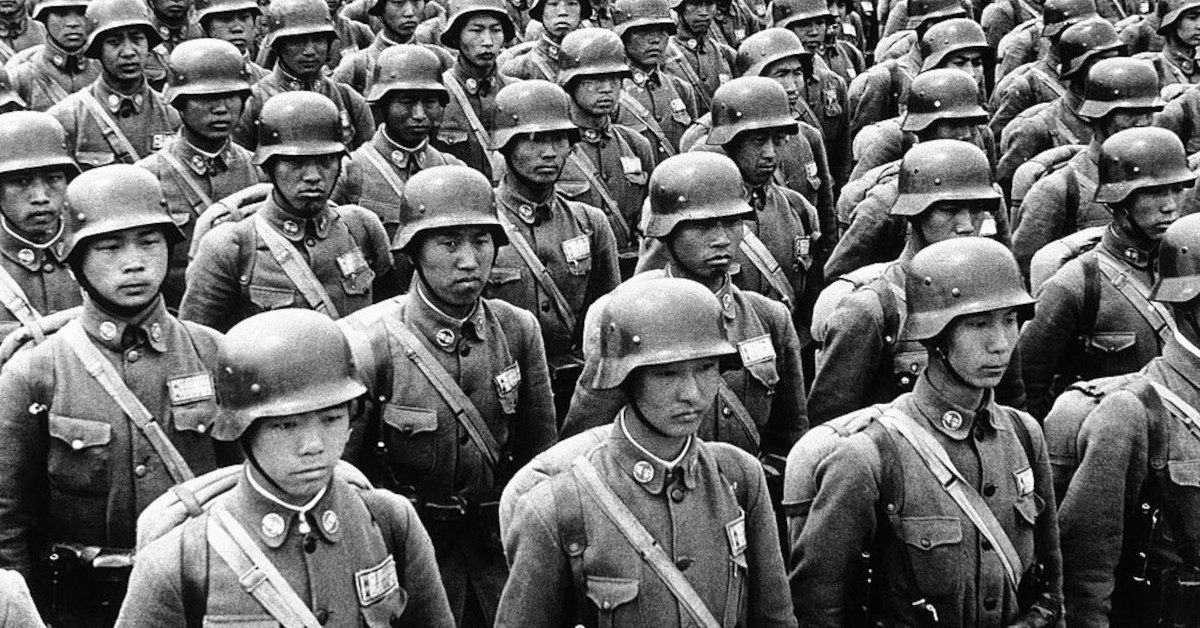
“IT WON’T DO TO PRETEND THAT WE ARE POWERFUL”: CHINA’S GERMAN-TRAINED ARMY
Reading time: 11 minutes
In 1926, a newly-unified China had millions of men under arms, but few who could wield them effectively. Determined to make the country ready to defend itself, Nationalist leader Chiang Kai-shek turned to an unusual ally.
For a decade, officers and experts from Germany’s Reichswehr oversaw the transformation of China’s army. While their plans were never fully realised, they had a significant impact on the war to resist Japanese invasion.
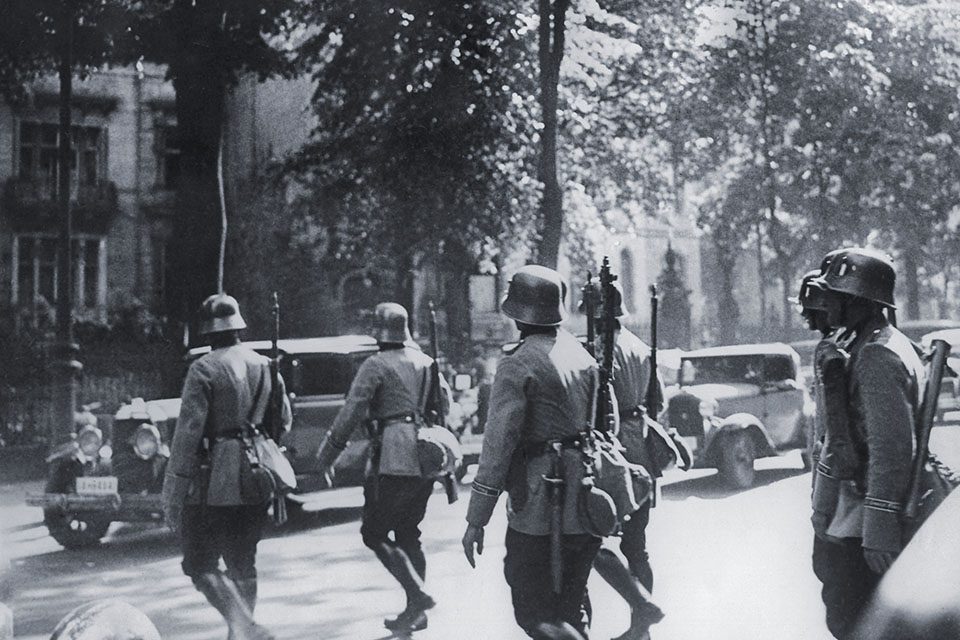
General History Quiz 172
1. What led to the 1934 ‘night of the long knives’ in Germany?
Try the full 10 question quiz.
The text of this article is republished from The Conversation in accordance with their republishing policy and is licenced under a Creative Commons — Attribution/No derivatives license.

